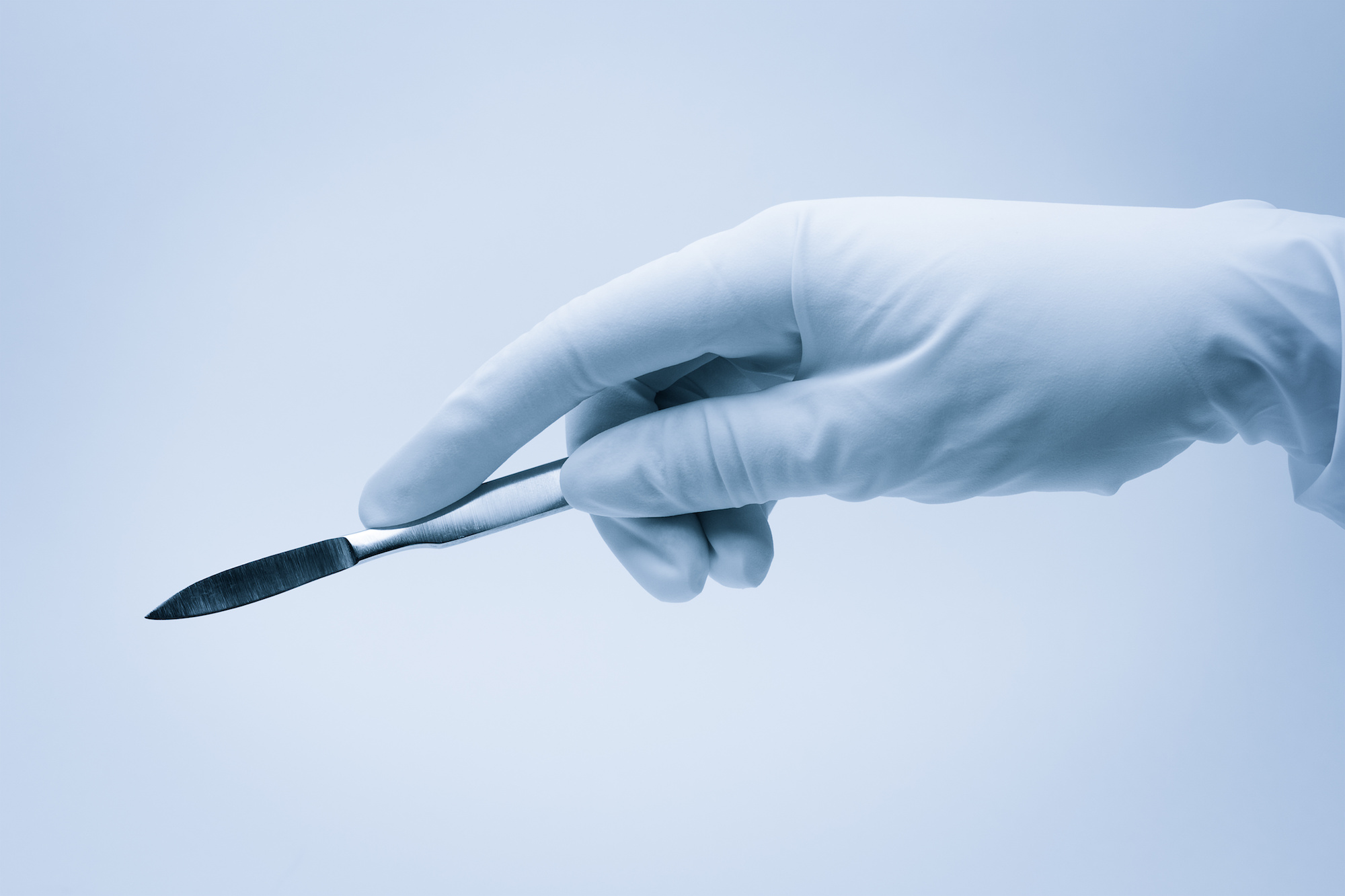
What is it Mohs Surgery?
Mohs surgery has been around since the 1930s. Even with all of the incredible advancements we have experienced in the decades since then, Mohs is still considered the most effective treatment for both squamous cell and basal cell carcinomas. The success rate for this procedure is about 99%. That’s not too shabby. It also has some of the lowest recurrence rates of any skin cancer treatment.
Squamous Cell Carcinoma
Squamous cell carcinoma is a skin cancer. “The squamous cells make of most of the epidermis, the topmost layer of the skin,” says Dr. Adam Mamelak, dermatologist and fellowship trained Mohs surgeon in Austin, Texas. “When they grow at an uncontrolled rate and potentially invade into the body, the result is squamous cell carcinoma.”
Basal Cell Carcinoma
Basal cell carcinoma is another type of skin cancer. These cells are also found in the outermost layer of the skin, at the base of the epidermis. When these cells start to produce at an abnormal rate, the result is basal cell carcinoma.
“It some senses, basal cell carcinoma is less risky than squamous cell skin cancer as it rarely spreads into the body, but rather just invades and destroys local tissue like the ear, lip or nose,” explains Dr. Mamelak. This skin cancer can often be treated and cured quite easily when caught earlier enough.
Melanoma
Melanomas are not as common as the above-mentioned skin cancers. They began usually in cells called melanocytes and typically manifests as funny looking moles. “While invasive melanoma often requires wide local excision, staging procedures such as a lymph node assessment as well as adjuvant chemo- and immuno-therapies, superficial melanoma skin cancers are extremely amenable to treatment with Mohs surgery,” explains Dr. Mamelak. “Recent advances, have made it possible to highlight the melanoma cells using a specially developed stain, allowing the cancer cells to be visualized and removed with the Mohs technique.”
How does it work?
“Mohs surgery is performed to remove the cancerous tissue from its point of origin,” shares Dr. Mamelak. “A small amount of tissue from the affected area is removed and then examined under a microscopic for signs of cancerous cells.”
If the cancerous cells are present in the sample, the surgeon goes back in for another section. This process is repeated until there is no presence of cancer found when a sample is examined microscopically. This is a very methodical and precise way of removing all cancerous tissue and saving as much healthy tissue as possible.
Aftercare
There is very little pain associated with the procedure, but medication can be prescribed if needed.
Depending on the size of the surgical site and its location, there may be no other need for any additional procedures. In some instances, further surgical care may be required such as facial plastic surgery. This is to ensure that the surgical site heals with as little scarring as possible.
Contact Us
Dr. Mamelak treats skin cancer patients at Sanova Dermatology and the Austin Mohs Surgery Center. If you have any suspicious areas on your skin that cause you concern or a mole that just doesn’t look right, please contact us immediately to set up an appointment and discover what options are available.
